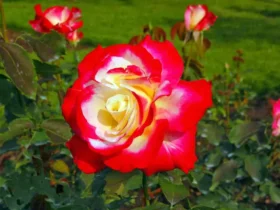The Wind Bell Flower, scientifically known as Platycodon grandiflorus, is a captivating and enchanting plant that adds a touch of elegance to any garden or landscape. With its unique bell-shaped flowers, the Wind Bell Flower is a delightful addition to outdoor spaces. In this article, we will explore the characteristics, care tips, and the symbolic meaning behind this beautiful flower.
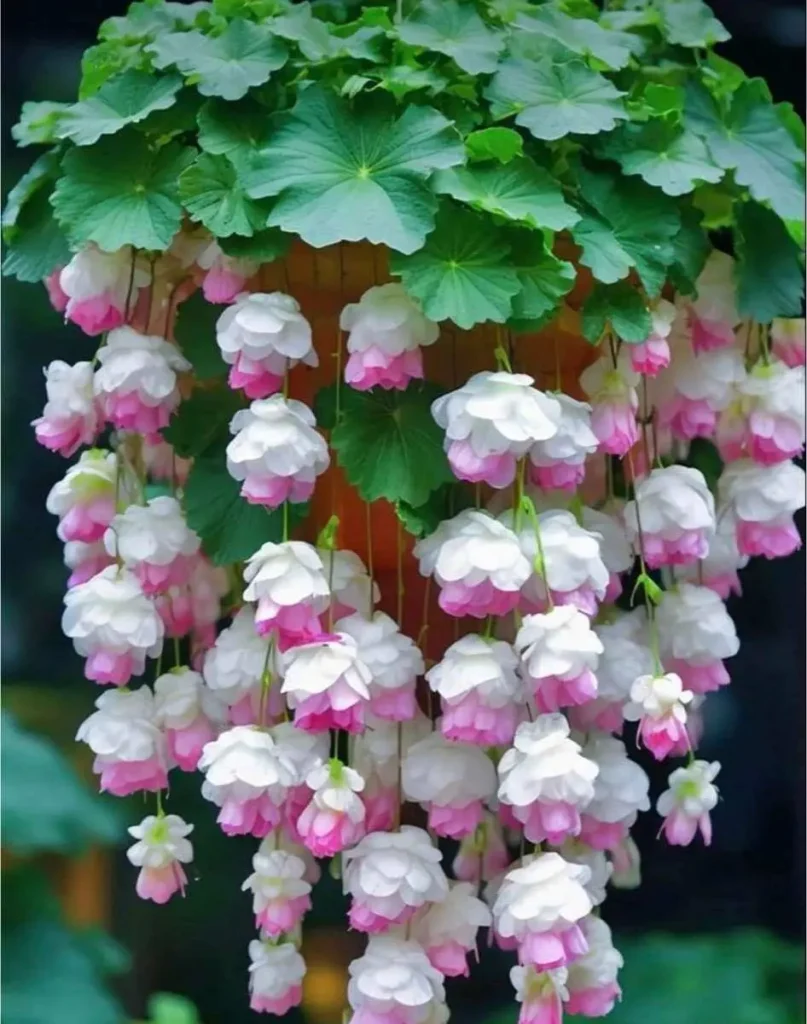
The Wind Bell Flower is native to East Asia and is commonly found in countries like China, Korea, and Japan. It derives its name from the shape of its flowers, which resemble small bells hanging from delicate stems. These flowers come in various colors including blue, white, and pink, adding a vibrant and eye-catching display to any garden.
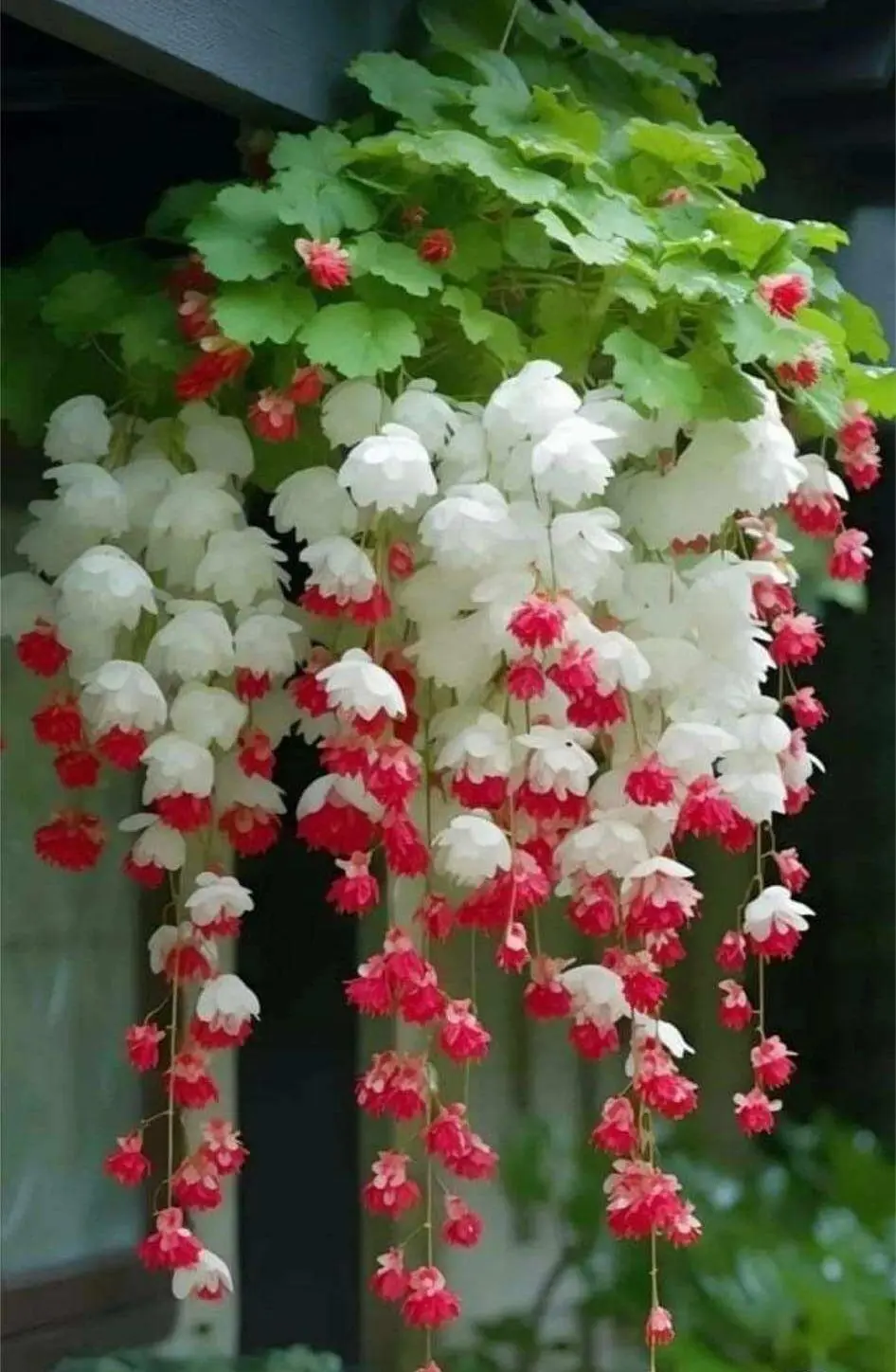
Caring for the Wind Bell Flower is relatively easy, making it a popular choice among gardeners. Here are some essential care tips to ensure its healthy growth:
- Sunlight: Wind Bell Flowers thrive in areas with full sun to partial shade. They require at least 6 hours of sunlight per day to produce abundant blooms.
- Soil: Well-draining soil is essential for the Wind Bell Flower. It prefers loamy soil with good moisture retention while allowing excess water to drain away.
- Watering: While the Wind Bell Flower requires regular watering, it is crucial to avoid overwatering as it can lead to root rot. Allow the soil to dry slightly between waterings to maintain proper moisture levels.
- Pruning: Regular pruning helps promote the growth of new blooms and maintains a compact shape. Prune the plant after flowering, removing any dead or wilted flowers.
Symbolically, the Wind Bell Flower represents good luck, transformation, and wishes coming true. In Korean and Chinese cultures, it is believed that the sound of the flowers swaying in the wind brings positive energy and ward off evil spirits. The Wind Bell Flower is often associated with wishes and dreams, making it a popular gift for special occasions or housewarmings.
In addition to its symbolic meaning, the Wind Bell Flower has also been used in traditional medicine for its medicinal properties. It is known for its anti-inflammatory and expectorant qualities, and its roots are sometimes used in herbal remedies.
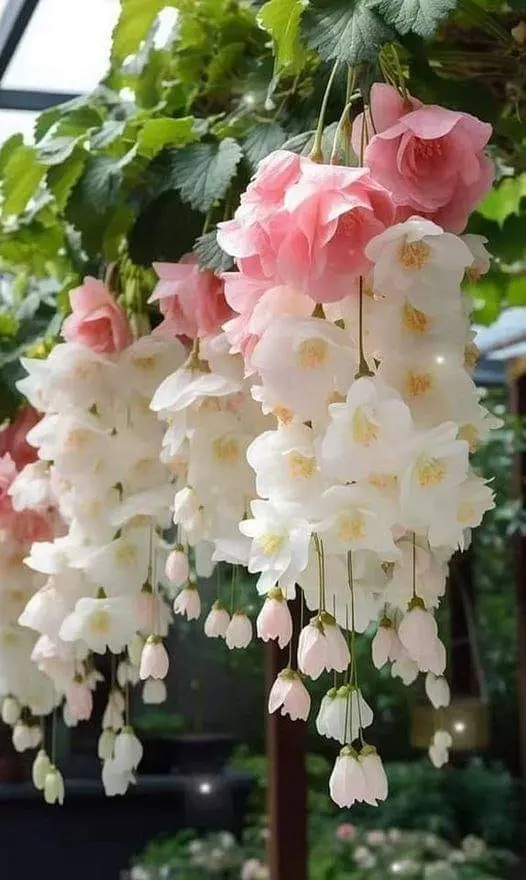
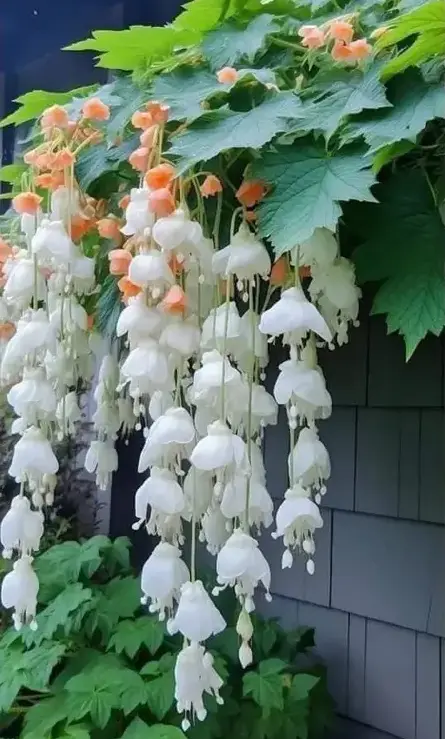
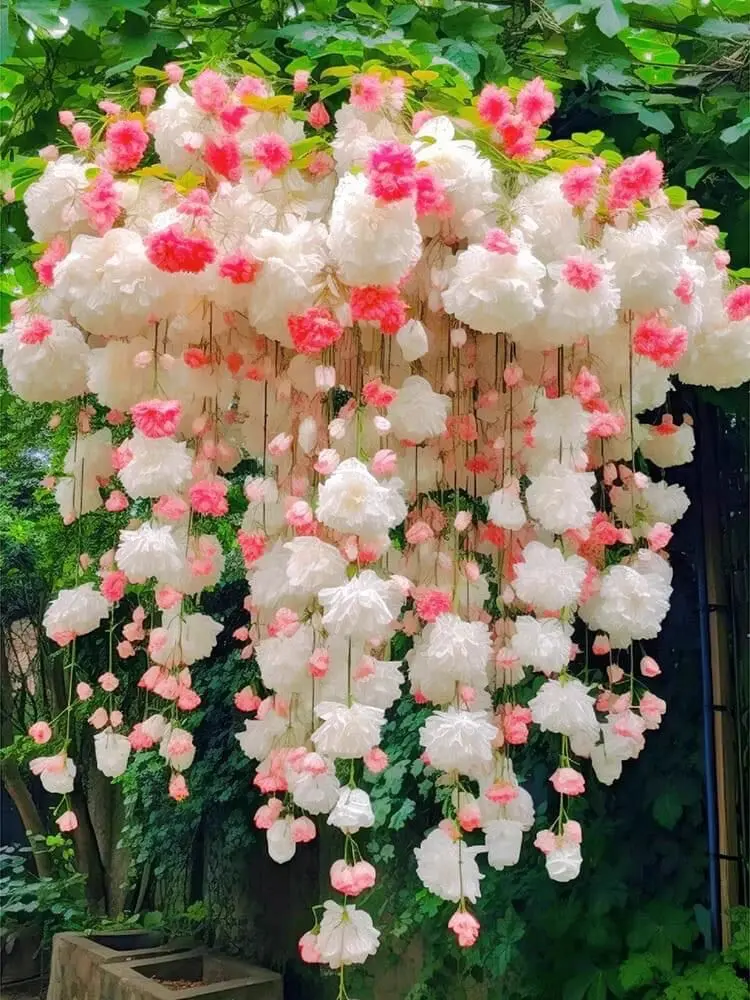
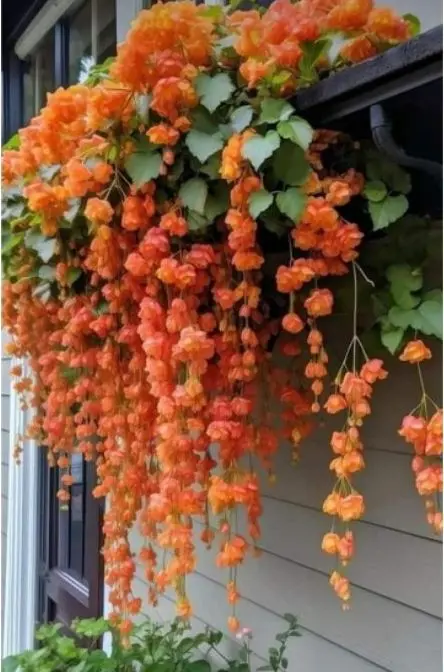
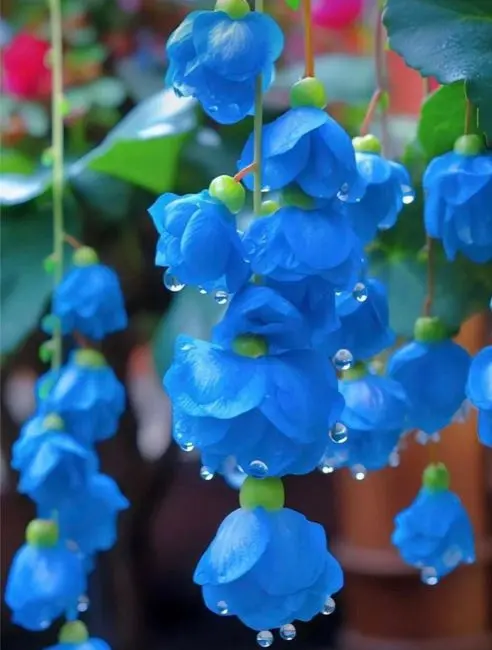
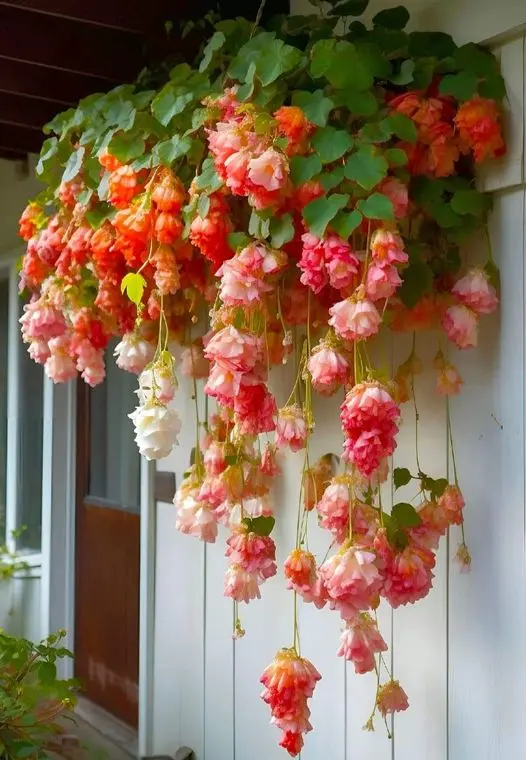
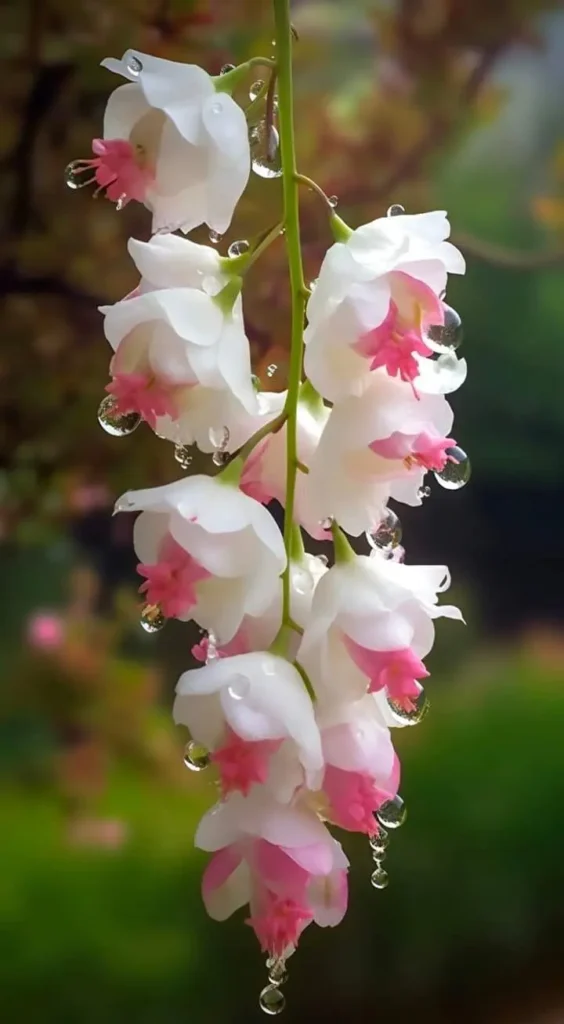
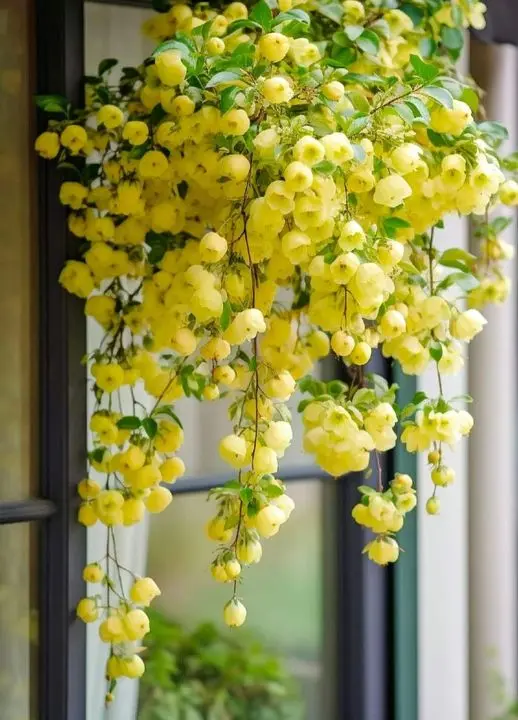
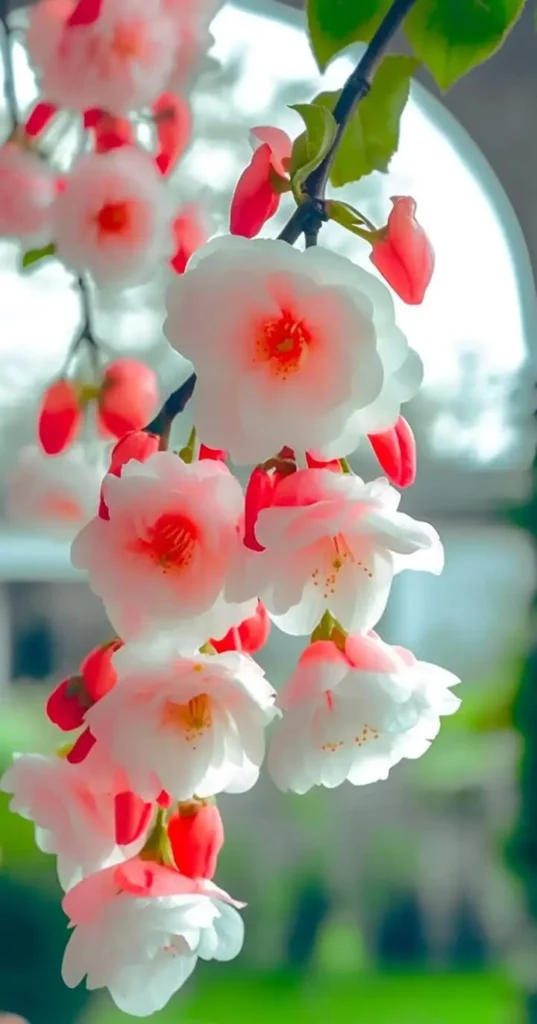
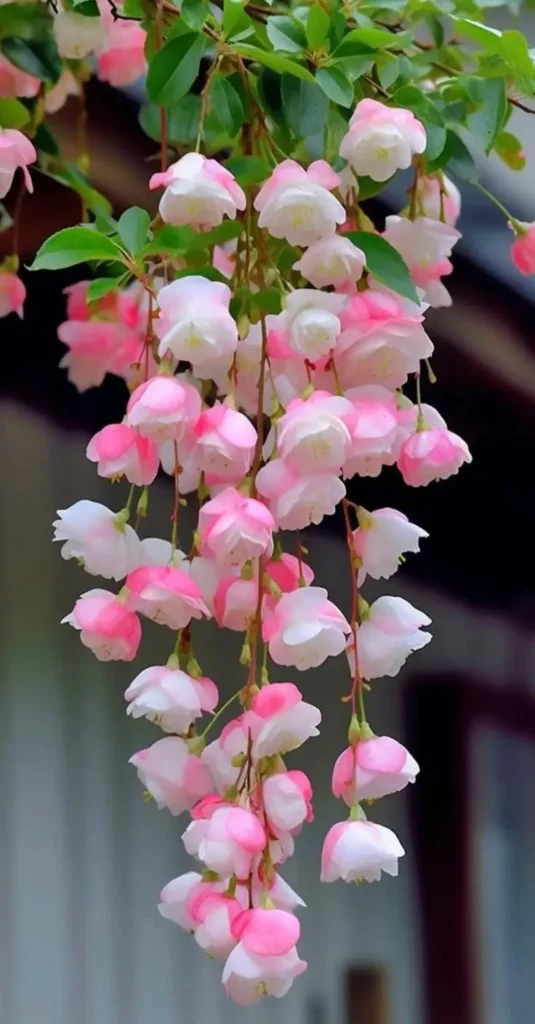
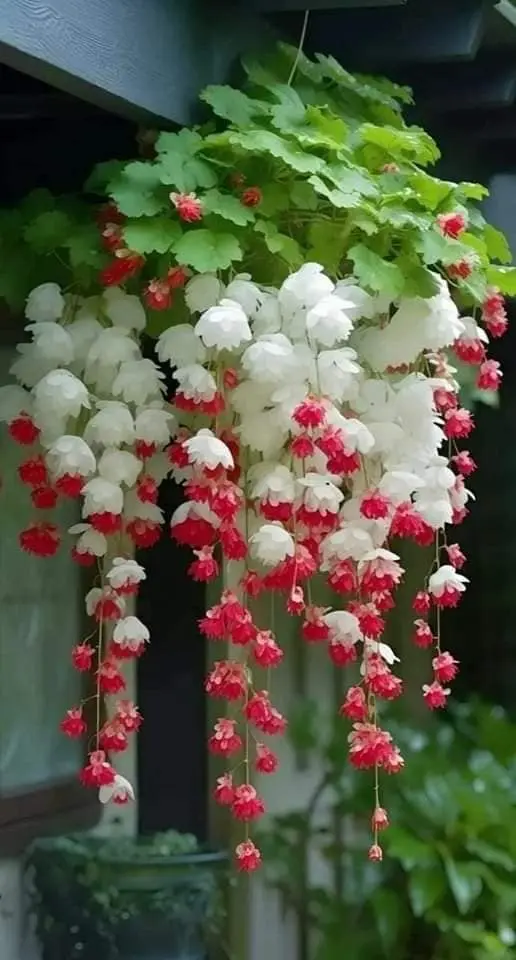
Whether planted in flower beds, borders, or containers, the Wind Bell Flower adds a touch of elegance and charm to any outdoor space. The Wind Bell Flower is a stunning plant with its bell-shaped flowers and symbolic meaning. Its ease of care and versatility make it an excellent choice for gardeners of all levels. So, if you’re looking to add a touch of elegance and tranquility to your garden, consider planting the enchanting Wind Bell Flower.
